A copy of Pio’s 1498 edition of Sidonius has turned up for auction at Christie’s.
A copy of the second 1597 reprint (as it seems) is being auctioned at Barnaby’s.

A copy of Pio’s 1498 edition of Sidonius has turned up for auction at Christie’s.
A copy of the second 1597 reprint (as it seems) is being auctioned at Barnaby’s.
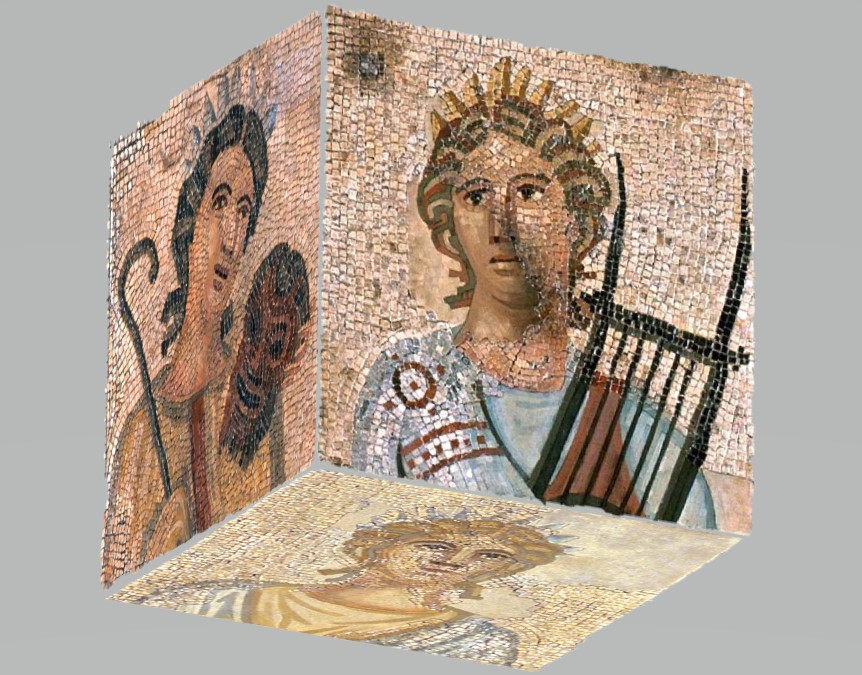
Lector, quas patieris hic salebras!
The Stumbling Texts (and Stumbling Readers) of Late Latin Poetry
Basel, 30th Sept. – 2nd Oct. 2021,
organised by Ann-Kathrin Stähle, Markus Kersten, Christian Guerra, Henriette Harich-Schwarzbauer
Further information can be found here: https://latinistik.philhist.unibas.ch/de/aktuelles/veranstaltungen/details/lector/
Those interested in participating (online) are asked to contact alex.giannotta@unibas.ch
PROGRAMME:
Christiane Reitz (Rostock/Berlin): Reading – what and why? Some reflections on progress, deterioration and evaluation of ancient literature
Claudia Schindler (Hamburg): Quoting quotations: Multi-layer intertextuality in late antique poetry
Aaron Pelttari (Edinburgh): Chapters, Headings, and Tables of Contents in Later Latin Literature
Luciana Furbetta (Trieste): Legere and/or tegere? Reflections on a ‘key question’ for the Late Antique Author and his Readers
Joshua Hartmann (Brunswick, ME): Memory and the Purpose of Poetry in Late Antique Paratexts
Andreas Abele (Tübingen): Elaboratam soloci filo accipe cantilenam. The ‘Preface’ of Symmachus’ Letter Collection
Annick Stoehr-Monjou (Clermont): How to conclude? A poetics of contrast and paradox in Sid. Epist. IX,13-16
Scott McGill (Houston, TX): Revising Rewriting: Eudocia, the Cento, and Distributed Authorship
Jesús Hernández Lobato (Salamanca): Adstipulatio veri: Language and Reality in Ennodius of Pavia
Etienne Wolff (Paris): Le discours d’Ausone sur son œuvre
Florence Garambois-Vasquez (St. Etienne): Les lettres préfacielles d’Ausone, paratexte paradigme ou paratexte parasite?
Brian P. Sowers (Brooklyn, NY): Everyone’s a Critic: Ausonius on His Coterie and Its Etiquette
Claire Pryor (Sydney): Intertextuality, metapoetics, and the development of an “ascetic sublime” in Paulinus of Nola’s Letters to Ausonius and Amandus
Christopher Poms (Graz): Quas rudi latinitate compositas elegis sum explicare conatus: The disparaging assessments, topical modesty, and ‘awkward’ intertextuality in Avianus
Adrien Bresson (Lyon): Claudian’s Carmina minora: a collection of short pieces by a stumbling poet?
Raphael Schwitter (Bonn): The politics of rusticitas in late antique hagiography
Enno Friedrich (Graz/Erfurt): Venantius Fortunatus’s vecors otium in his letter to Bishop Syagrius
Elena Castelnuovo (Milano): De modicis minimus: Venantius Fortunatus and the value of his Life of Saint Martin
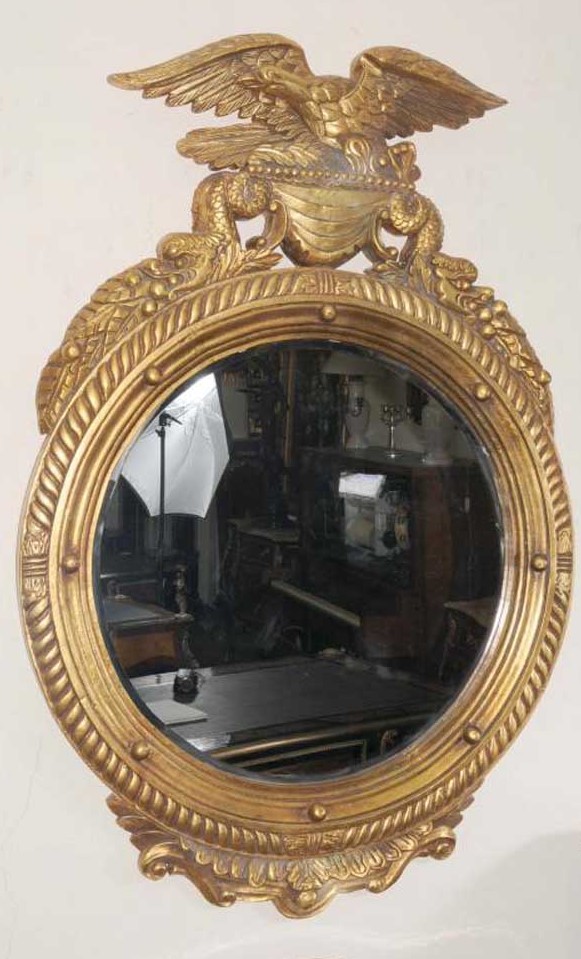
Filomena Giannotti makes a comparison between Sidonius’ Ep. 4.8 (together with Carm. 29) and Jean Marcel’s rewriting in Sidoine et la dernière fête (1993): ‘Je suis le miroir à la fin de la décadence: Mirror-Games Between Sidonius Apollinaris and Jean Marcel’, ClassicoContemporaneo 7 (2021) 146-56.
Online here

Hendrik Wagner lays out the position of the senatorial aristocracy in Rome in the first half of the fifth century – the background against which to read Sidonius’ doings in Rome: Das spätantike Rom und die stadtrömische Senatsaristokratie (395–455 n. Chr.). Eine althistorisch-archäologische Untersuchung.
Open access online

Laurent Ripart has written a comprehensive study of the earliest monasteries of South-Eastern Gaul including the islands along the coasts of Tuscany, Liguria (Gallinaria) and Provence (Lérins), in Arles, the Rhône valley, and the Jura (Agaune): Les déserts de l’Occident. Genèse des lieux monastiques dans le sud-est de la Gaule (fin IVe – milieu VIe siècle).
Read further in the publisher’s catalogue.
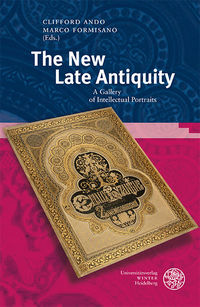
Clifford Ando and Marco Formisano have edited The New Late Antiquity: A Gallery of Intellectual Portraits, including chapters on Alföldi, Auerbach, Brown, Alan Cameron, Averil Cameron, Chadwick, Chastagnol, Courcelle, Cracco Ruggini, Cumont, Duval, Fontaine, Von Harnack, Herzog, Kantorowicz, Kondakov, L’Orange, Lepelley, MacCormack, Marrou, Mazzarino, Mommsen, Momigliano, Paschoud, Pigulevkaya, Riegel, Seeck, Stein, Strzygowski, Syme, Thompson, and Volterra.
Here goes to the catalogue

The definitive programme is available of the international conference
Concatenantur sibi epistulae nostrae. Reading Ancient Latin Letter Collections
23-24 September 2021 on Zoom. Download here.
For registration write to the organiser, Sara Fascione
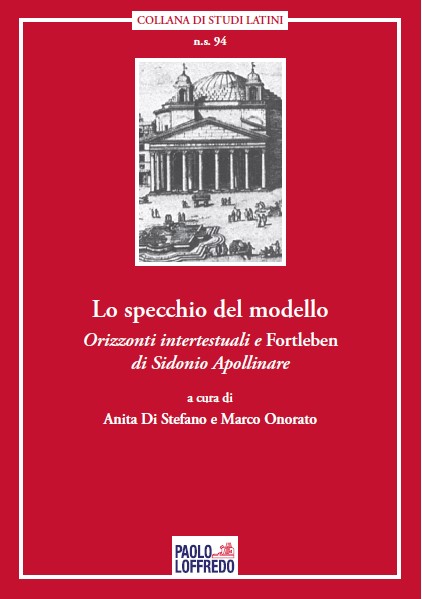
Sara Fascione has written an extensive overview of Lo specchio del modello for Plekos 23 (2021) 261-69. Download here.
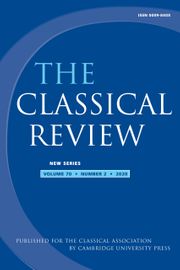
Paolo Mastandrea writes a review of the Companion in the Classical Review, FirstView 12 August 2021. He values the volume as ‘a well-structured and accessible text that does what older friends [i.e., many other companion volumes] should do: to assist the non-specialist or less-experienced scholar’. He signals the odd ‘fundamental contribution’ and ‘some fascinating surprises’. He thinks Sidonius’ Christian inclinations as an author should not be overstated and points out a number of (indirect) borrowings from Ennius.
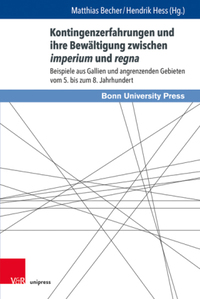
Veronika Egetenmeyr is interviewed on her work on “others” aka “barbarians” in a series produced by the University of Oldenburg. Watch here.
She has also just put out an article on this issue titled “Kontingenz und die Konstruktion des ‘Anderen'” in a collective volume edited by Matthias Becher and Hendrik Hess, Kontingenzerfahrungen und ihre Bewältigung zwischen imperium und regna.